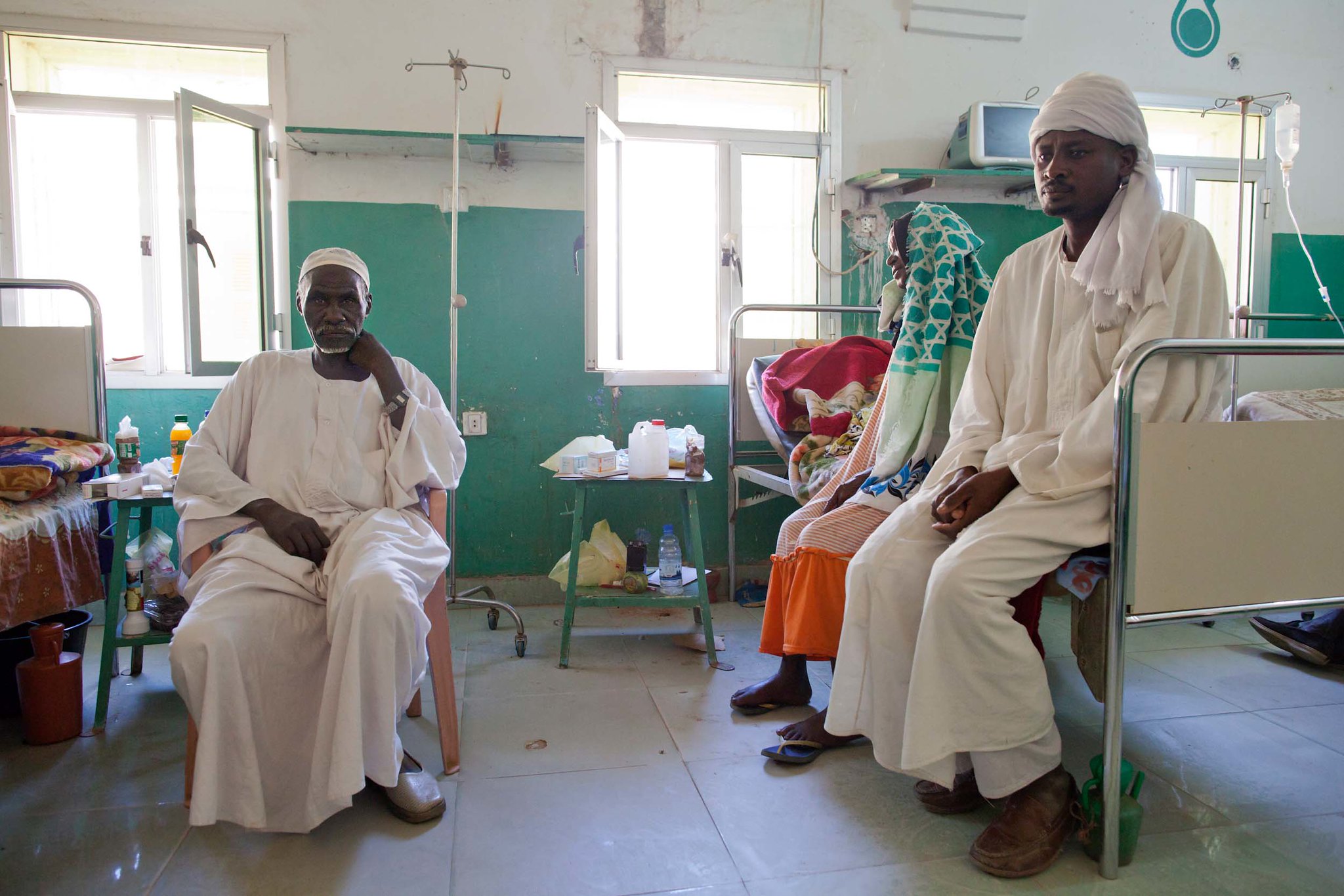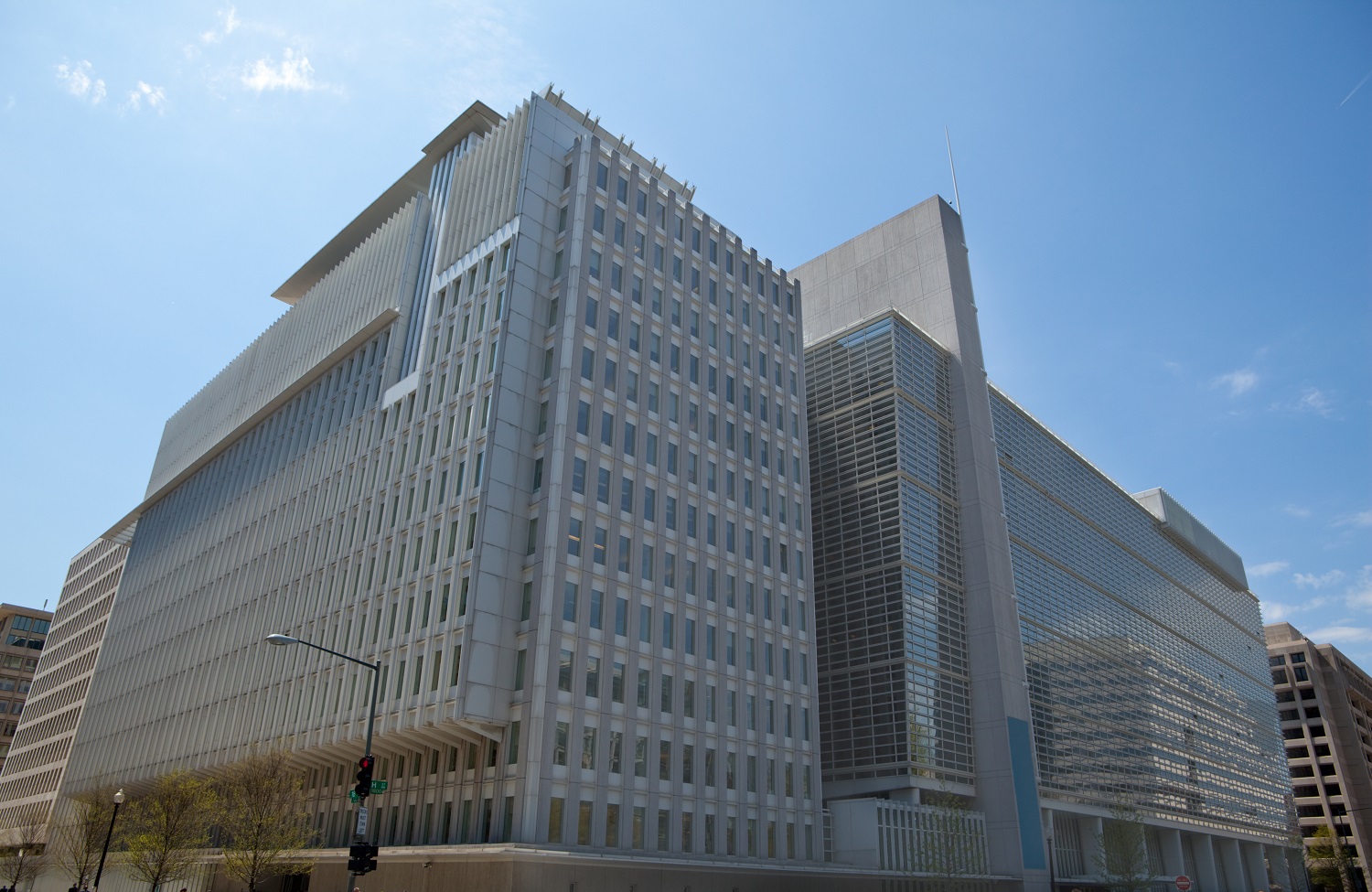Recommended

Blog Post
In times of mounting debt, the quest for universal health coverage (UHC) faces critical challenges. Rising debt has far-reaching effects, including reduced access to financing, political instability, and decreased spending on international aid. The burden of debt, coupled with high inflation, is threatening health sector spending amidst acute demand for health services and hindering progress towards UHC. Countries must make difficult decisions about how to sustain their health programs, often necessitating trade-offs between coverage, quality, and affordability. Experiences in Pakistan, Mexico, and the United States offer lessons that can inform policy options at similar crossroads. Politics can play a pivotal role, as can politically informed and tailored approaches in public health. Together, a toolkit that includes benefit package design, economics, evaluation, and politics can bolster sustainability and help policymakers to navigate the turbulent waters of public health.
Clouds on the horizon: Assessing the threats to UHC
Pakistan faces major economic and political challenges resulting in part from debt. By December 2022, the country’s external debt had skyrocketed to a staggering $126.3 billion, coupled with a year-on-year inflation rate of 31.4 percent in September 2023. Adding to the complexity, the removal and subsequent arrest of former Prime Minister Imran Khan has fueled deep political divisions. The reverberations of this environment are now threatening a major health initiative in Pakistan.
The Sehat Sahulat Program (SSP) was launched in 2015 by the provincial government of Khyber Pakhtunkhwa. Designed as a health insurance initiative, the SSP aimed to uplift those below the poverty line, steering progress towards UHC. With a reach that extended to over 27 million families across multiple provinces in Pakistan by March 2022, the program facilitated over 3.2 million hospital visits, significantly improving access to crucial health services.
Yet this success is now at risk. Concerning reports suggest the suspension of free medical treatment through the Sehat Sahulat Card in Rawalpindi’s hospitals, disrupting dialysis, surgeries, and medical appointments for over 12,000 patients. Accounts from Dr. Javed Akram, the minister of health for the government of Punjab, indicate that while the program remains in place, revised policies have reduced eligibility.
Pakistan is not alone in these difficulties—other nations have experienced similar challenges. In Mexico, a change in administration led to the overhaul of the national health insurance plan, Seguro Popular, which was subsequently replaced by the Instituto de Salud para el Bienestar. Meanwhile, in the United States, despite the Affordable Care Act’s strides in expanding healthcare access, deep partisan divides led to prolonged legal battles and repeated efforts to dismantle it. Pakistan, Mexico, and the US all illustrate the intricate links between political decisions and the ensuing impact on the health sector, which can be detrimental to achieving UHC. What lessons can be drawn to support other countries?
Key lessons in priority setting, economics, evaluation, and politics
While politics is central to any major health reform (or a health program’s dismantling, as these three cases indicate), there are alternatives to abandoning the ship in times of deep economic and political crises. Universal health coverage can be depicted as a “cube,” with dimensions of population coverage, benefits, and financial protection. If the cube must be pared down, health equity may demand reductions in benefits over reductions in population coverage (i.e., through more stringent eligibility criteria).
The design of benefit packages, both for enhancing and also paring down health programs, is an important tool for policymakers to consider. Benefits packages can help to enhance the efficiency of health programs by strategically selecting interventions that are highly cost-effective (that improve health at the lowest cost), while also maintaining public trust through broad public coverage and thus public support. While health gains do not depend on access to health services alone, some health services are very impactful, lifesaving, and cost-effective, meaning many lives can be saved at low cost. Governments and societies should ensure increasing coverage of the most highly cost-effective interventions during these trying economic times.
Initiatives at the University of Bergen on benefit package design and at CGD on priority setting are resources for policymakers to consider as they seek to design a highly cost-effective package of services. Upcoming work from CGD on how to build organizations for priority setting will be the focus of a forthcoming special issue of the journal Health Systems & Reform (edited by Michael Reich and guest edited by CGD’s Victoria Fan, Javier Guzman, and Pete Baker).
What else can technocrats do to protect the health programs that they have worked so hard to build? First, the costs of cutting health programs need to be apparent to policymakers. What will be the losses to current and future generations by such severe policies, in terms of health and economic considerations as well as political popularity and public satisfaction? Short-sighted political maneuvers to eliminate programs can lead to both domestic and international reputational losses. But perhaps more important than political popularity, population health affects the labor force and a country’s economic growth more generally.
Second, technocrats should seek to use independent evaluation to build international support for these health programs. Transparent and rigorous third-party evaluations can lead to the credence of the value and importance of a given health program relative to its costs, conferring some protection against future threats. Evaluations can thus assist in improving public trust in the government and health programs overall. Although such support did not save Mexico’s health program, the lessons learned from Mexico’s health reforms from high-quality policy-relevant research continue to reverberate among international healthcare reforms, serving as global public goods through knowledge. The institutionalization of evaluation can help to make evaluations routine, through mandates, budget, and resources, and leadership. Furthermore, the institutionalization of evaluation and priority setting are often seen as separate activities, but they are two parts of the same decision, with priority-setting institutions informing policy options and evaluation used to assess the impact of a given policy decision.
Third, technocrats need to be attuned to politics in making policy recommendations. Such a statement seems cliched, yet in practice political analysis and strategic thinking are often an ad hoc afterthought. The design of benefit packages is seen as a technocratic take on health reform, but when done well, it can provide a palatable option to a new administration seeking to make its mark. Thus, technocrats working to keep health programs alive amidst economic and political threats contextualize policy options given the political dynamics and find ways to give ownership and gain buy-in of these programs to changing administrations.
Politics is a subject that is rarely studied by medical doctors or public health practitioners, even though politics is arguably the biggest determinant of health equity and outcomes. In fact, politics and political science are not required subjects for most schools of public health responsible for the future public health workforce (although they are required for public policy programs). The public health community has faced repeated setbacks, with policy recommendations ignored and success elusive in health equity underscored by broad disdain for public health officials and policies worsened by COVID-19. One essential lesson arising from the aftermath of the COVID-19 pandemic is to reorient and communicate health agendas to match the moment in politically feasible and politically tailored ways.
In summary, public health practitioners need to use a variety of tools—benefit package design, economic, evaluative, and political—to enhance communications, increase transparency and improve public trust, and develop politically nuanced approaches. These tools can help to further avoid public health shipwrecks and overcome these storms.
The authors thank Michael Reich and other participants in the Applied Political Economy Analysis core group for valuable discussion on the importance of political analysis.
Disclaimer
CGD blog posts reflect the views of the authors, drawing on prior research and experience in their areas of expertise. CGD is a nonpartisan, independent organization and does not take institutional positions.
Image credit for social media/web: LIGHTFIELD STUDIOS / Adobe Stock






